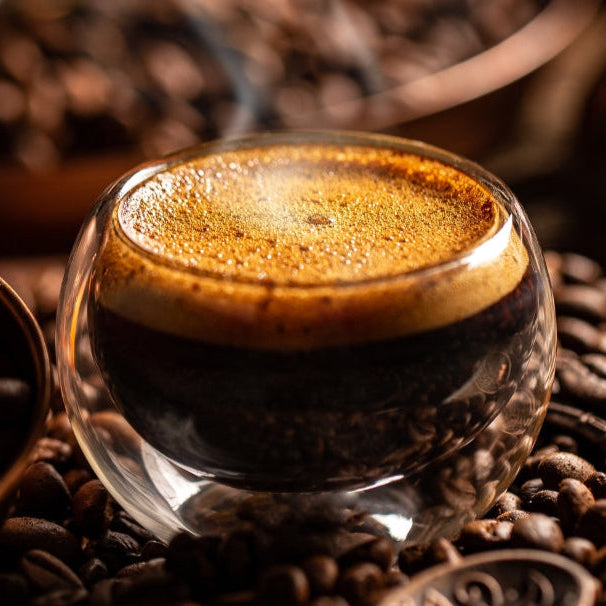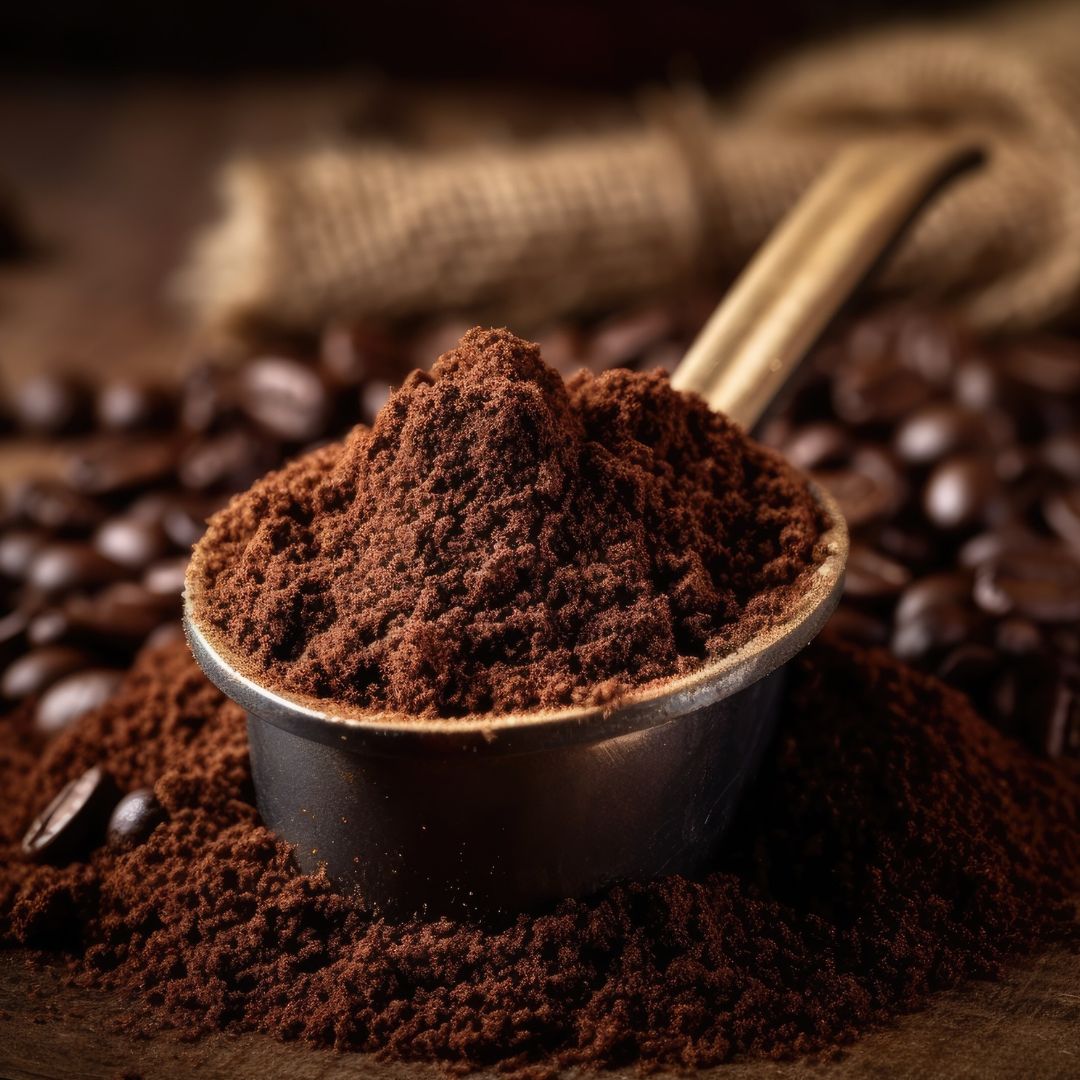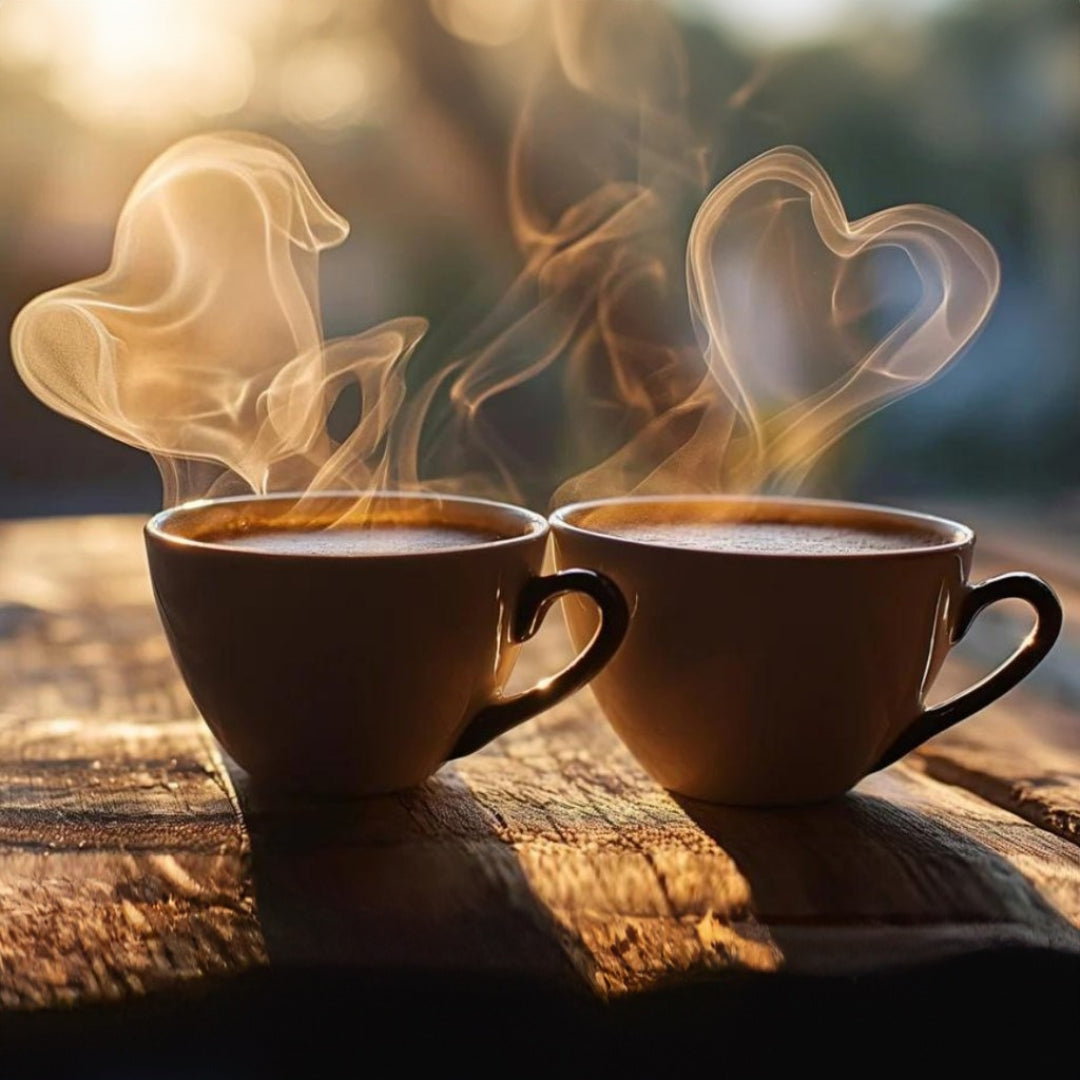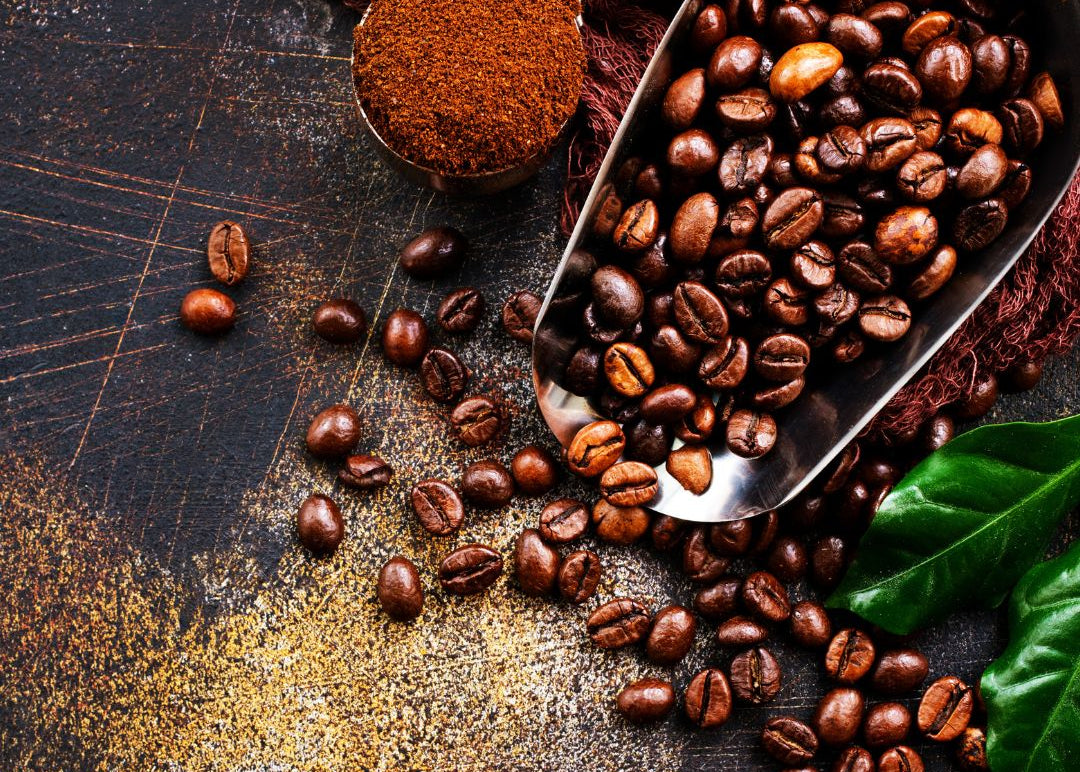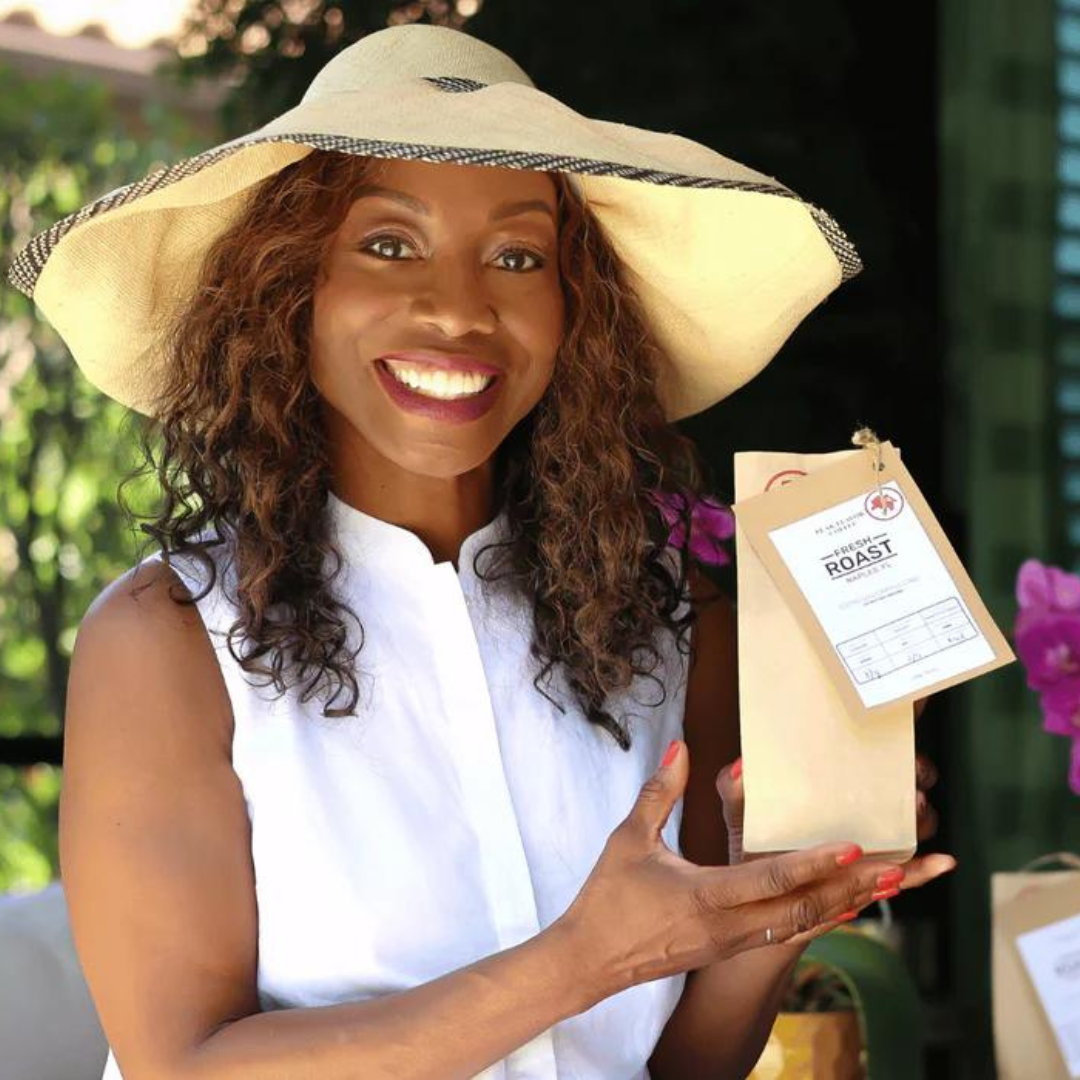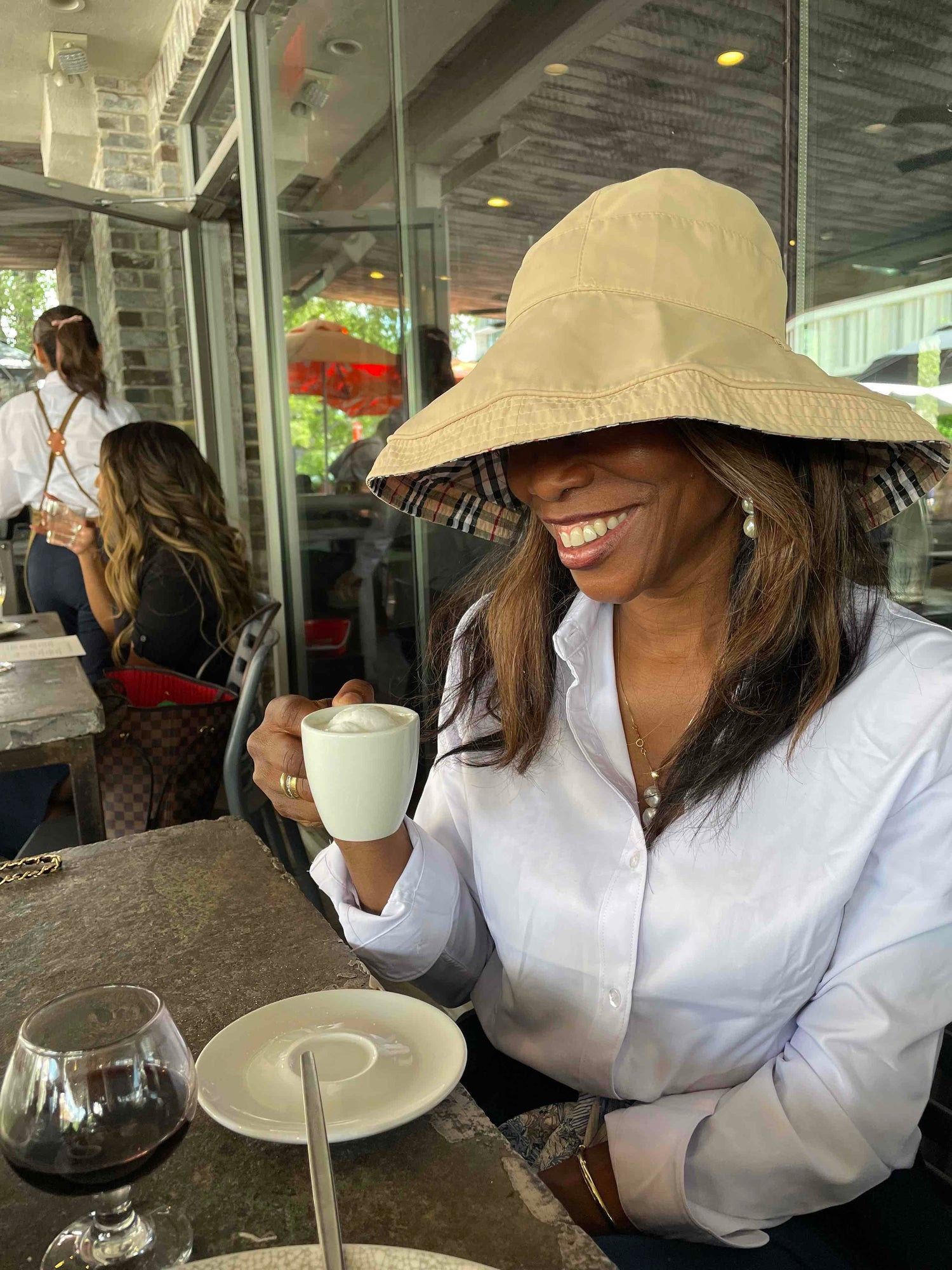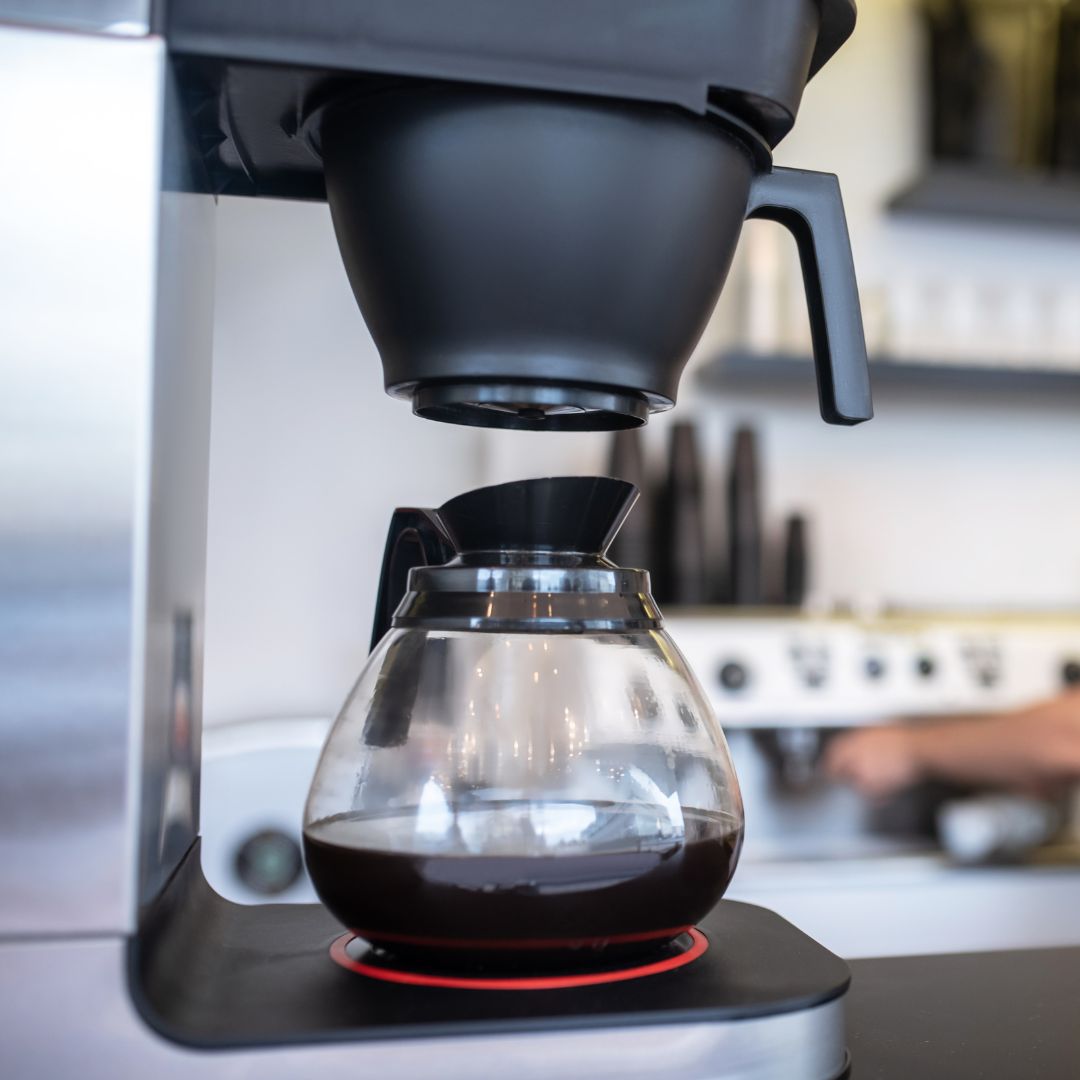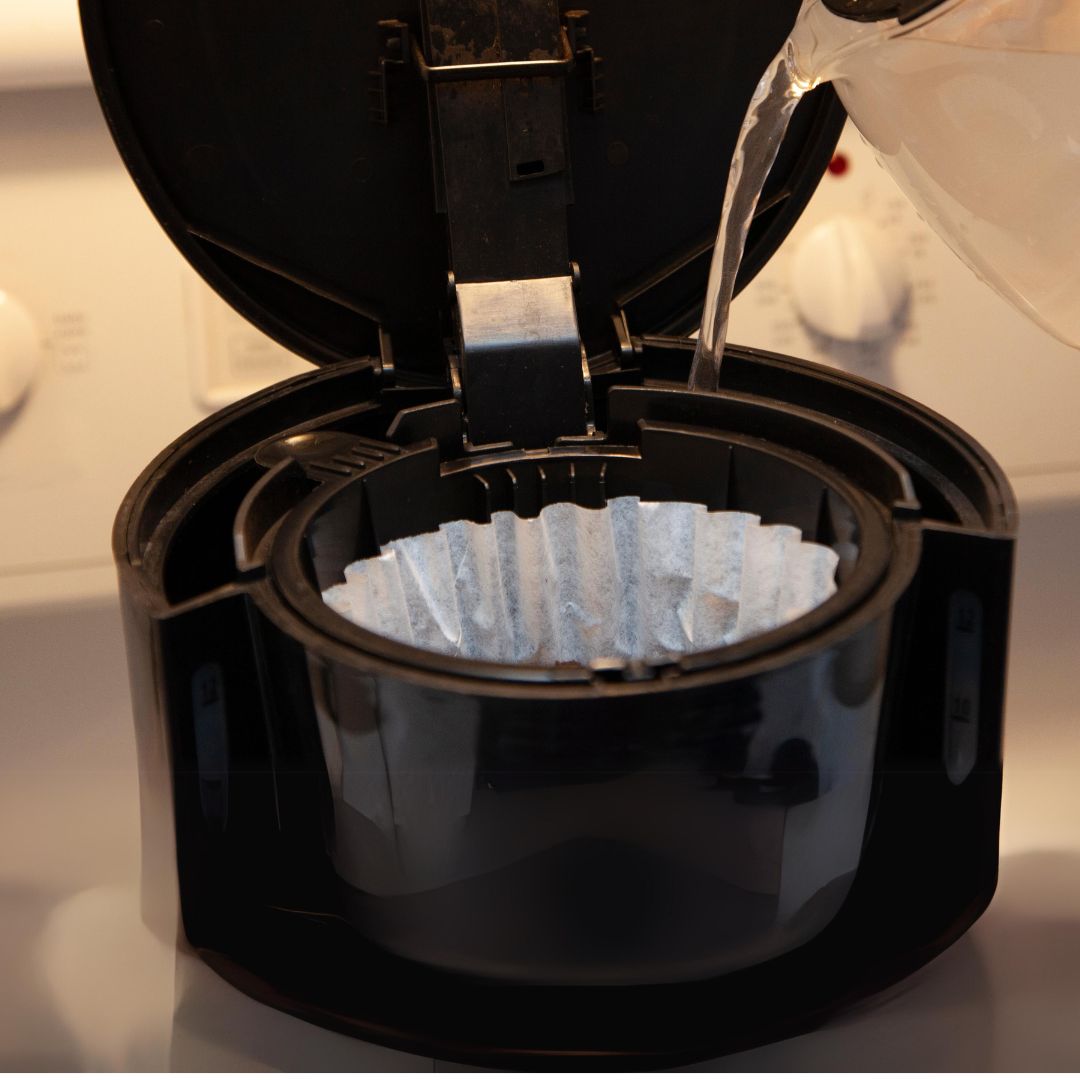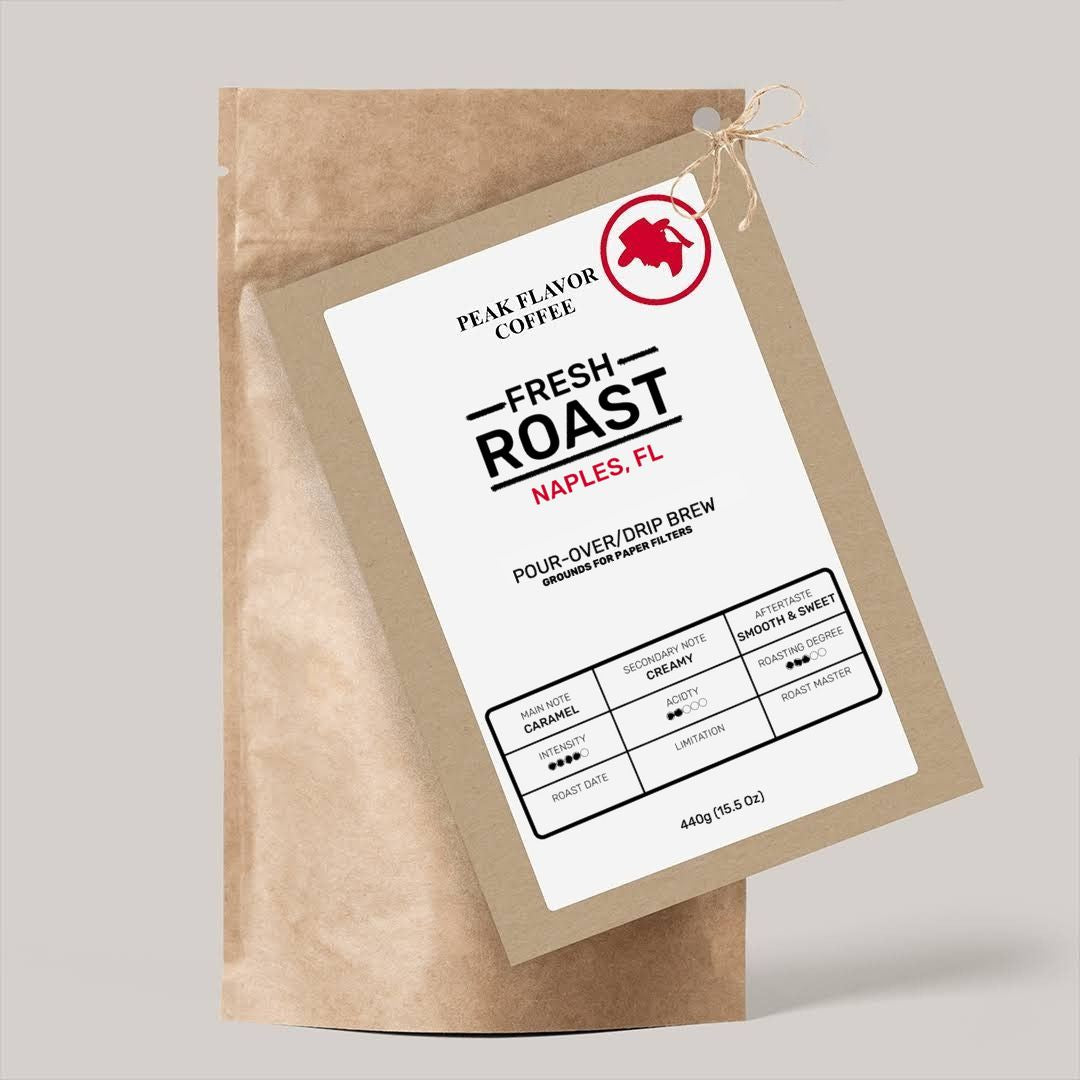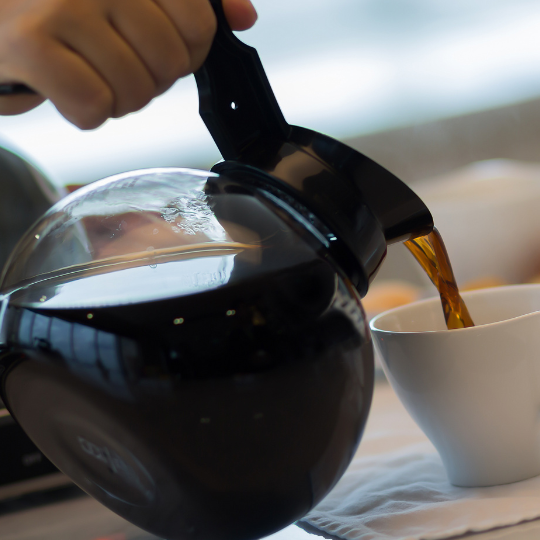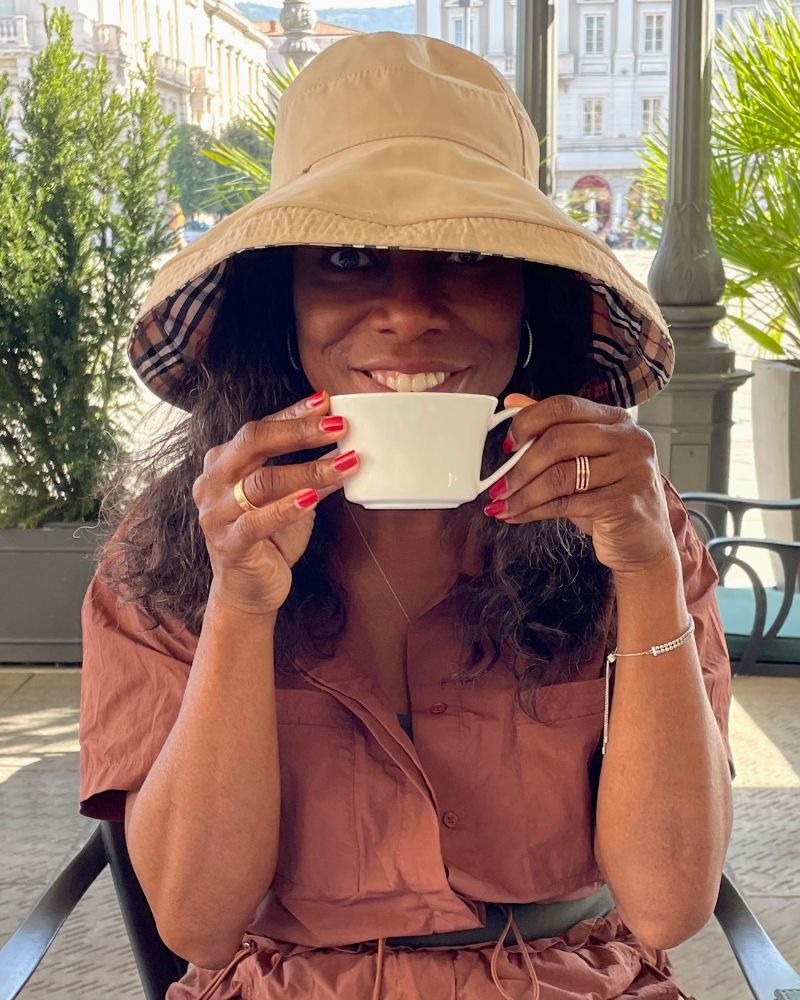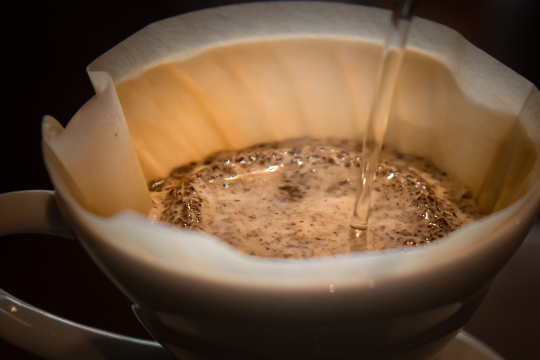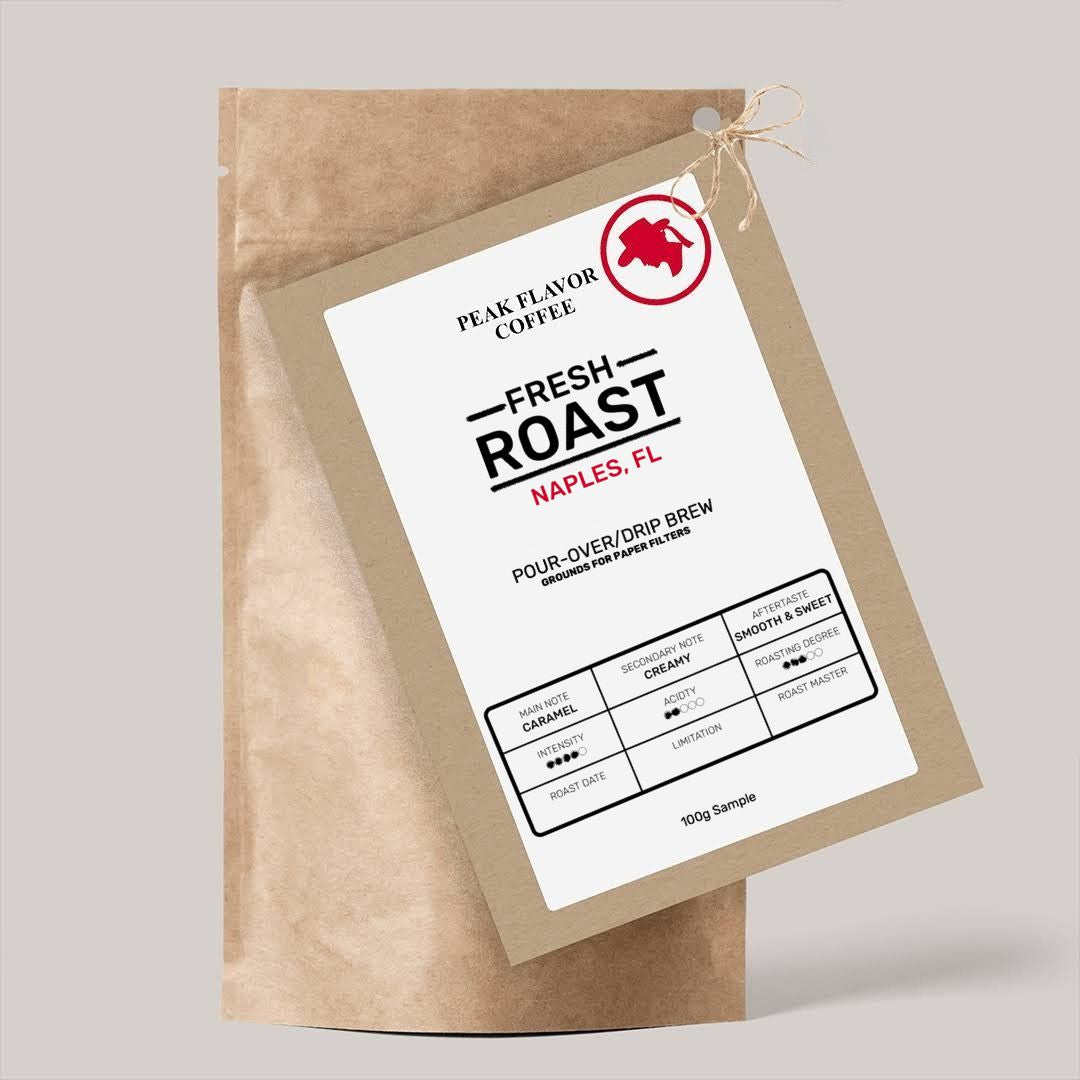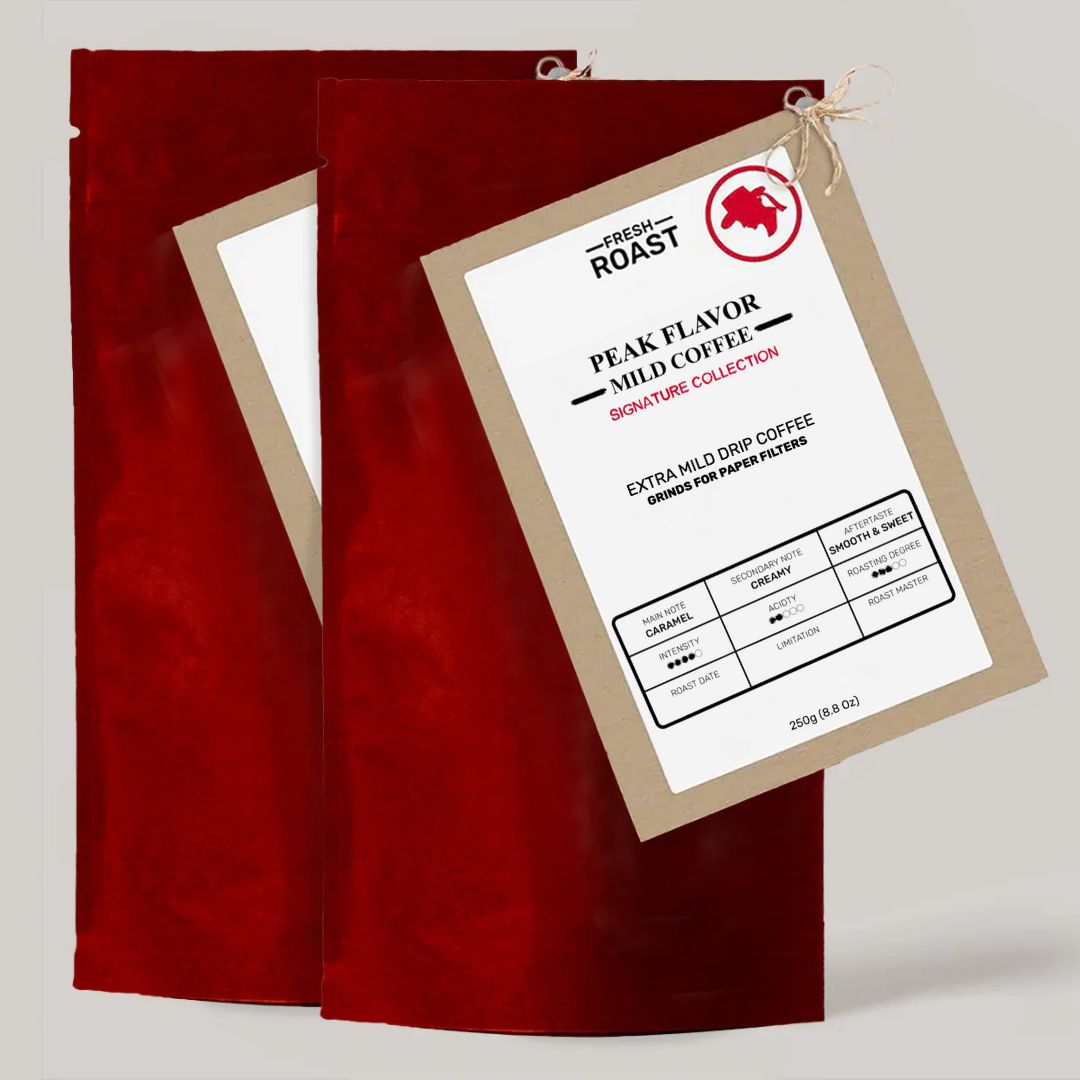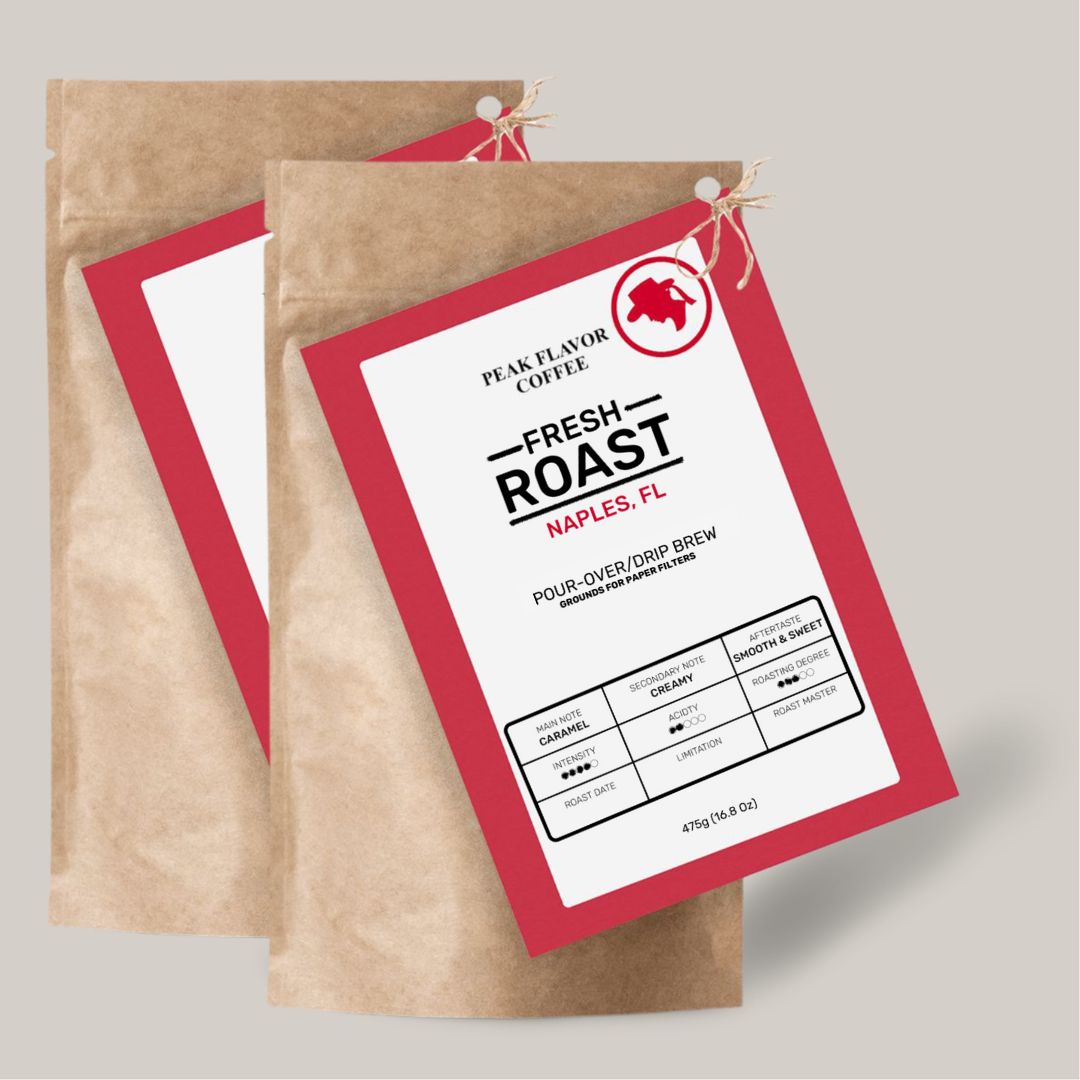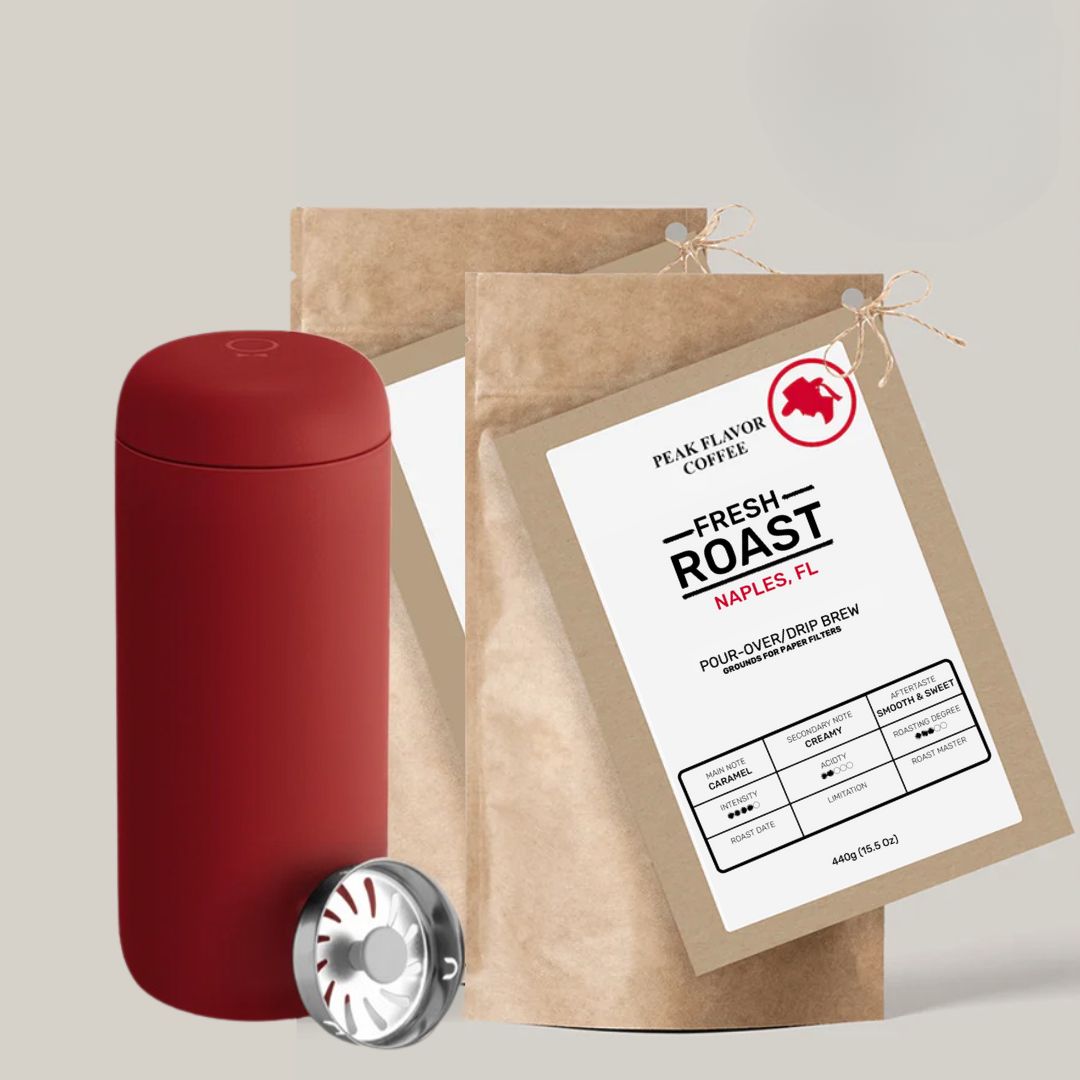What Makes Drip Coffee So Good?
Ever wondered why most people start their day with drip coffee? I did. Because for the life of me, I could never really brew a good tasting one.
Until I discovered Coffee with Peak Flavor.
Before I started Peak Flavor Coffee, I used to stare at the office drip machine and wonder: why do people love drip coffee so much? Every pot I brewed tasted either bitter enough to wake the dead or stale enough to file a complaint. I dumped in sugar and milk like it was a chemistry experiment!
Turns out, it wasn’t drip coffee’s fault — it was my brewing (and that sad old machine). Done right, drip coffee is pure magic: it’s convenient, consistent, and surprisingly healthy (especially if you use a paper filter to catch those cholesterol-raising oils).
Automated machines offer effortless mornings, while pour-over lets coffee nerds like me geek out on flavor. Paper filters bring clarity, metal filters bring boldness — it’s a choose-your-own-adventure in a cup. So, next time you sip a smooth, balanced drip brew, smile — it’s not drip that’s boring; it’s drip done badly that’s the villain.
The Most Popular Morning Coffee in America
Every morning across America, millions of people reach for a warm cup of drip coffee. It's not just a tradition — it’s a way of life. In fact, according to the National Coffee Association (2023), 79% of U.S. coffee drinkers report having a drip coffee maker at home. Given that around 66% of American adults drink coffee daily, that equates to approximately 68 million households — or about 52% of all U.S. homes — owning a trusty drip coffee machine.
But what exactly makes this method so beloved?
What is Drip Coffee?
At its core, drip coffee is made by pouring hot water over finely ground coffee beans and allowing it to seep through the grounds and a coffee filter, collecting as brewed coffee below. Whether it's an electric machine doing the work or a human hand pouring water slowly over the grounds, the magic lies in the simple yet precise extraction of the coffee’s flavorful compounds.
Terms like brewed coffee, American-style coffee, filter coffee, percolated coffee, and drip-brew all refer to this method. Drip coffee tends to have a mild, balanced flavor and offers a clean cup thanks to filtration — making it a perfect everyday brew for most palates.
Two Types of Brewing Drip Coffee
While the basics remain the same — water meeting coffee and passing through a filter basket in a coffee brewer — the two primary ways to brew drip coffee have their own personalities.
1. Automated Drip Coffee Makers
The classic household staple, automated drip machines are the kings of convenience. Add water, scoop in grounds, press a button, and voilà — coffee is ready.
Advantages:
- Consistency: Machines maintain stable brewing temperatures and water flow, important for flavor extraction.
- Convenience: "Set it and forget it" functionality, with many models offering programmable timers.
- Scalability: Easily brews multiple cups, ideal for families or offices.
- Affordability: A good quality drip machine is often much cheaper than a home espresso setup.
Scientific note: Automated machines typically brew at a target range of 195°F to 205°F, which is considered ideal for extracting the best flavors without over-extracting bitter compounds (Source: SCA). Another, maybe more important key to extracting better taste is the drip coffee ratio.
2. Pour-Over Coffee Makers
Pour-over coffee is the artisanal sibling of automated drip. With a simple cone, filter, and kettle, you control every aspect: water temperature, pouring speed, and brew time.
Advantages:
- Total Control: You manage brew time, water temperature, and flow rate, which can drastically affect flavor.
- Customizability: Fine-tune variables like grind size and coffee-to-water ratio to suit personal taste.
- Quality Potential: When done well, pour-over can yield superior flavor clarity, bringing out complex tasting notes often masked in machine brews.
Scientific note: According to Petracco (2005), control over water flow rate significantly impacts coffee extraction efficiency. In pour-over brewing, the ability to fine-tune the speed and evenness of the pour allows for optimal interaction between water and coffee grounds. Petracco found that slower, controlled water flow enhances the solubilization of desirable aromatic and flavor compounds, leading to a brew with greater depth and complexity.
Faster pours, by contrast, often result in under-extraction, producing a flatter, more one-dimensional cup. Thus, the manual finesse of the pour-over method, though more labor-intensive, directly translates into the potential for richer and more vibrant flavor profiles, making it a favorite among discerning coffee enthusiasts.
Two Types of Coffee Filters for Drip Coffee
The type of filter you use not only affects the taste but also impacts the chemistry of your coffee.
1. Paper Coffee Filters - These are thin, disposable filters made of cellulose fibers. Melitta is probably the best know producer (and inventor) of paper coffee filters.
Advantages:
- Cleaner Taste: Paper filters trap most of the coffee oils (like diterpenes), resulting in a lighter, crisp cup.
- Health Benefits: Paper filters remove cafestol, a compound linked to elevated cholesterol levels, making drip coffee brewed this way a healthier choice compared to unfiltered methods (Urgert & Katan, 1997).
Scientific note: The cellulose fibers in paper filters are designed to capture microscopic particles, leading to coffee that’s less "muddy" and has a clearer taste.
2. Reusable Metal Mesh or Stainless Steel Filters
Usually stainless steel or gold-plated, metal filters are reusable and eco-friendly.
Advantages:
- Fuller Body: Metal filters allow oils and fine particles to pass through, resulting in a richer, more textured cup.
- Sustainability: No need for disposable filters — just rinse and reuse.
Scientific note: As Clarke & Macrae (1985) detailed, allowing coffee oils to pass through during brewing significantly impacts the sensory quality of the final cup. These oils carry volatile aromatic compounds responsible for much of coffee’s fragrance and complex flavors.
In their research, Clarke and Macrae demonstrated that brews retaining more oils exhibited a fuller body, heightened aroma intensity, and a more satisfying mouthfeel compared to filtered counterparts. By using a metal mesh filter, coffee drinkers can enjoy a beverage that feels richer on the palate and reveals deeper, often nuanced flavor notes, enhancing the overall sensory experience beyond just taste alone.
Why Do People Choose Drip Coffee?
Drip coffee has cemented itself as America’s favorite morning brew largely because it perfectly balances convenience, consistency, and health-consciousness — three qualities that matter deeply to modern coffee drinkers.
First and foremost, convenience is king. In a world where every minute of the morning matters, drip coffee makers provide a "set-it-and-forget-it" experience that simply fits the pace of daily life.
According to the National Coffee Association’s 2023 report, 79% of U.S. coffee drinkers own a drip machine. This high ownership rate isn’t by chance; it reflects a demand for a brewing method that requires minimal skill and almost no attention. Whether programmable or single-button start, drip coffee machines make it easy for anyone to enjoy a fresh pot without standing over a kettle or precisely timing every pour.
Equally important is consistency. Automated drip machines are designed to deliver steady water temperatures (ideally between 195°F and 205°F) and uniform saturation of the coffee grounds. This technical precision reduces variability between brews — a significant advantage over manual methods like French press or pour-over, which can fluctuate with human error. For everyday coffee lovers, this means that their morning cup will taste reliably good, day after day, without needing a barista's skill set.
Finally, an often-overlooked reason for drip coffee’s popularity is its health benefits, particularly when brewed with a paper filter. Studies, including research by Urgert and Katan (1997), show that paper filters effectively trap cafestol and kahweol — coffee oils that, when consumed in excess, can raise LDL cholesterol levels.
By removing these compounds, paper-filtered drip coffee offers a cleaner, heart-healthier beverage compared to unfiltered brewing methods like French press or Turkish coffee. Provided you use the right coffee grounds for drip coffee. For many health-conscious consumers, enjoying coffee brewed through a paper filter provides the energy boost they seek without unwanted impacts on cholesterol.
In combining effortless preparation, dependable quality, and potential health advantages, drip coffee stands out as more than just a drink — it’s a daily ritual grounded in both science and simplicity.
Who Prefers Drip Coffee?
The appeal of drip coffee stretches across a remarkably broad spectrum of coffee drinkers, thanks to its adaptability to different lifestyles, preferences, and needs.
Everyday coffee drinkers are perhaps the most devoted fans of drip coffee. For them, coffee isn’t just an occasional treat; it’s an essential part of the daily routine. Whether brewing a full pot before work or sipping steadily throughout the day, these drinkers value drip coffee’s reliability and ease. The ability to make multiple cups at once — often up to 12 in a single brew — is a clear advantage for households or individuals who consume several servings a day. Find their most popular grinds.
Social and community-oriented coffee lovers also gravitate toward drip brewing. Hosting friends, family, or colleagues becomes effortless when one machine can supply cup after cup of consistently good coffee. Drip coffee's scalability and familiarity make it a natural centerpiece at gatherings, brunches, and office meetings, where offering a warm, approachable brew brings people together. Discover different drip coffee variants.
Finally, health-conscious consumers find themselves drawn to the benefits of filtered drip coffee. Especially those concerned about heart health appreciate that paper-filtered drip coffee significantly reduces the intake of diterpenes like cafestol, compounds known to influence cholesterol levels. Choosing drip coffee made with a paper filter allows them to enjoy their daily cup with fewer health worries — a small but meaningful change supported by nutritional research. Explore healthier and mild drip coffee.
Across these diverse groups, drip coffee satisfies a shared desire: a beverage that is simple, dependable, customizable, and, when brewed thoughtfully, even good for you.
Why Drip Coffee Reigns Supreme?
Drip coffee strikes the perfect balance between ease, flavor, and tradition. Whether you’re drawn to the hands-on artistry of a pour-over or the button-press simplicity of an automatic machine, there's a drip method for everyone. Add the choice between clean-tasting paper-filtered brews or bold, full-bodied metal-filtered cups, and it's easy to see why so many of us can’t imagine starting our day any other way.
So next time you hear the drip-drip-drip of your coffee maker at dawn, know that you’re part of a delicious, deeply rooted American tradition — one cup at a time.
Melicent

